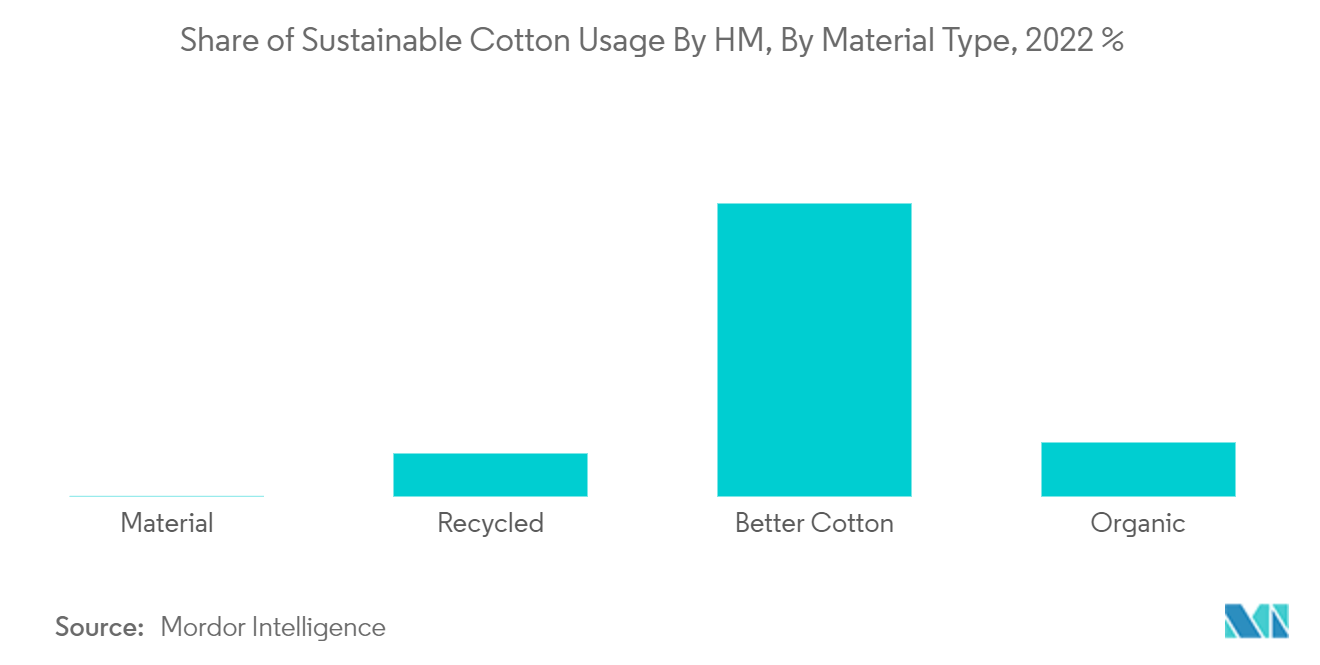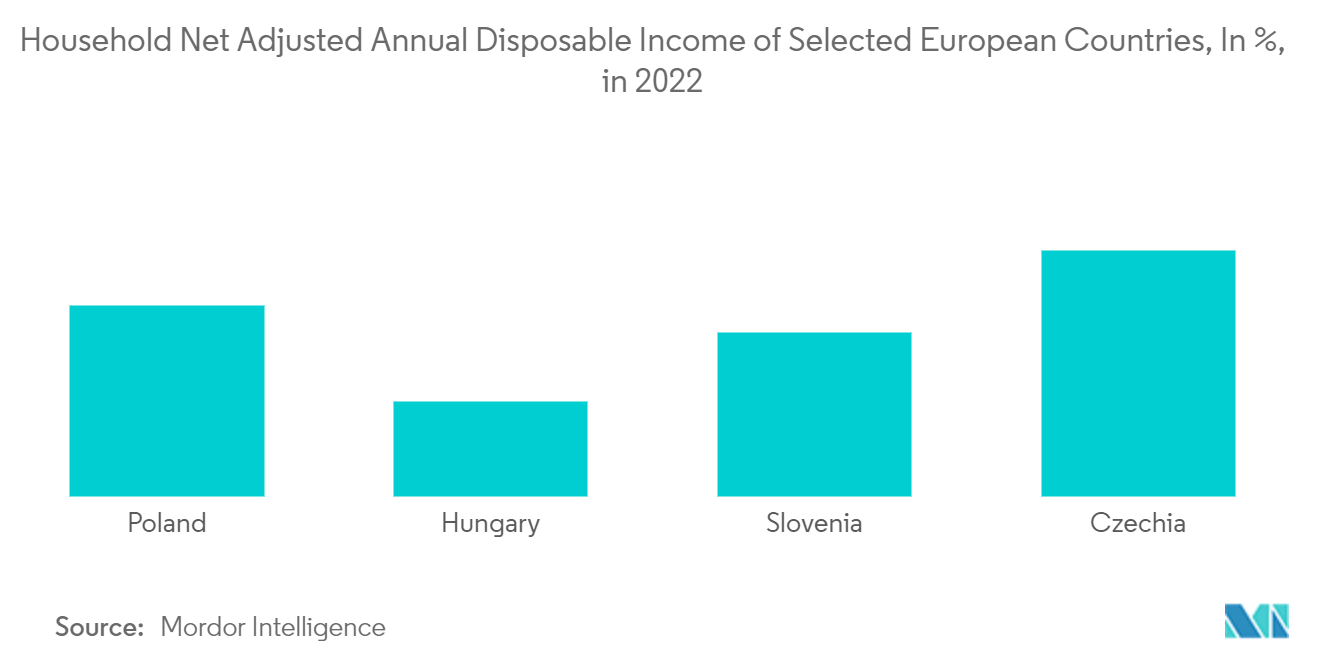Market Trends of Europe Textile Industry
Rise in the Demand for Organic Textiles and Fabrics
Organic clothing is available in cotton, jute, silk, kapok, hemp, or wool. The demand for organic clothing is rising as more and more consumers become concerned about the environment. The European Textile sector is especially proactive in undertaking research work to develop new and innovative products. Given the health and environmental benefits of organic products, more eco-conscious consumers are now shifting towards clothing made from organic textiles. In response to consumer demand and pressure to green its operations, the fashion industry is taking new strides towards using more sustainable fabrics. Fast fashion giants are also leaping organic and recycled alternatives. H&M, for instance, has already increased its use of organic and recycled cotton to 95%.

Rising Changes in Consumer's Shopping Behavior
The growth in disposable income and the increasing preference for online shopping will drive the European textile market for the next few years. Online shopping is still growing in importance, although take-up varies significantly by region and country. About 5 % of European household expenditure is spent on clothing and footwear, of which about 80 % is spent on clothes and 20 % on footwear. Furthermore, increasing disposable has led to a rise in supermarkets and retail stores, thereby driving the overall market growth. The demand is very high for premium and branded products due to increasing per capita disposable income. Rising disposable income, along with investments in textile manufacturing, would create lucrative growth prospects for the Textile market across the region.


